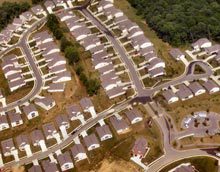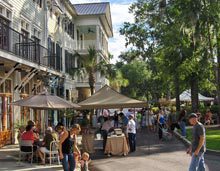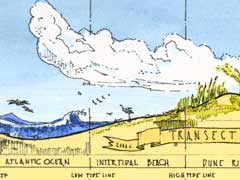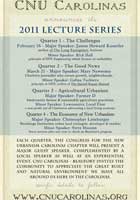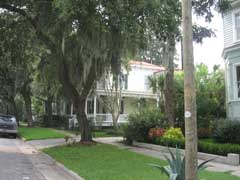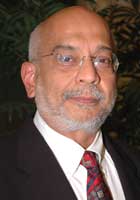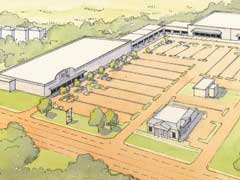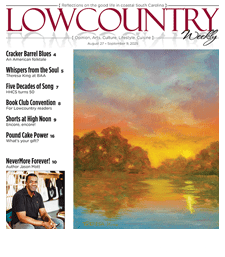Lessons from Kunstler: A Changing American Lifestyle?
Beaufort was fortunate to have national known author, James Howard Kunstler, in town to speak recently. If you missed him, you owe it to yourself to spend some time looking over his writings and messages. Jim has been speaking and writing about the American condition since the early 90s with his book, The Geography of Nowhere, talking about the placeless building of the suburban condition and everyday American lives. His later book, The Long Emergency, published by the Atlantic Monthly Press in 2005, is about the challenges posed by the coming permanent global oil crisis, climate change, and other “converging catastrophes of the 21st Century.” This work correctly anticipated the meltdown and great recession, of which we are are still in the midst.
Read More
